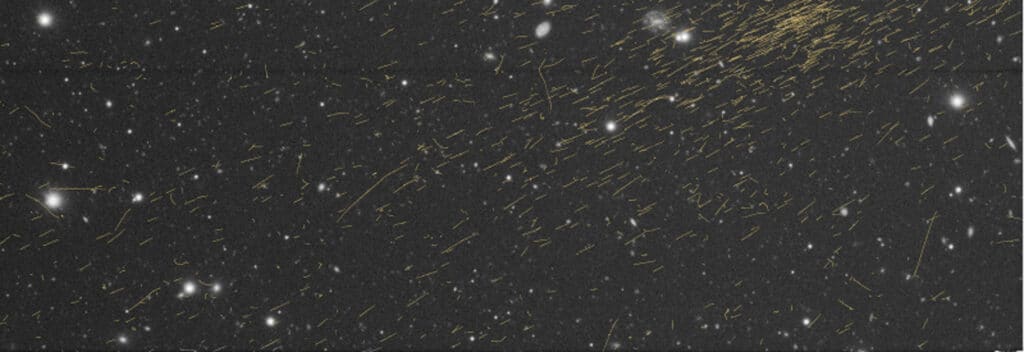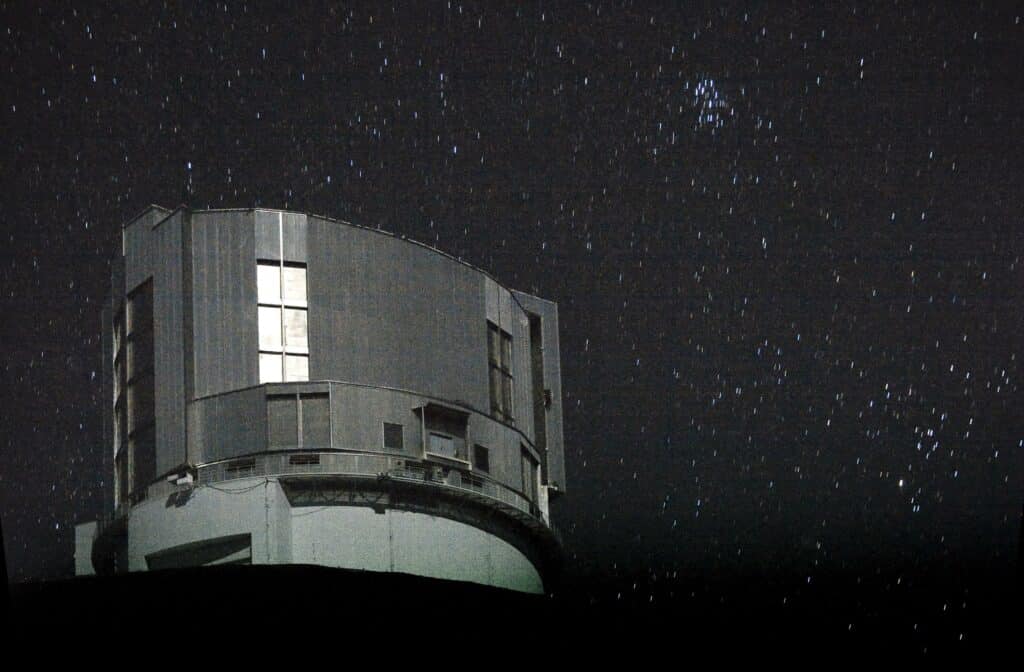When we think of showers, we’re likely to think of the refreshing, hot streams in our bathrooms that start or end our day. However, to astrophysicists, showers of a different kind are causing ripples of excitement: cosmic-ray extensive air showers.
But what exactly are these cosmic showers? Let’s dive in.
The Magic of Cosmic-Ray Extensive Air Showers
Just like when a pebble splashes into a pond, creating a ripple effect, high-energy cosmic rays from space create a similar spectacle when they crash into our planet’s atmosphere. This cosmic collision results in an immense burst of particles, referred to as an extensive air shower. These showers aren’t composed of water droplets, but of charged particles shooting across the atmosphere, leaving behind a trail or “track.”
Now, a breakthrough from Osaka Metropolitan University is giving scientists a fresh perspective on this phenomenon. Using a rather innovative approach, scientists have managed to observe these cosmic showers with remarkable precision, potentially unlocking secrets about some of the most energy-packed particles in our universe.
Turning ‘Noise’ Into Knowledge
Nestled atop the Mauna Kea volcano in Hawaii is the Subaru Telescope. It was initially designed for the noble task of observing stars and galaxies. However, when trying to focus on these celestial bodies, cosmic rays often appeared as “tracks” on the captured images. These rays, generally seen as interference or “noise” in the data, were typically disregarded.
But for a dedicated team led by Associate Professor Toshihiro Fujii and supported by Fraser Bradfield, this “noise” was an unexpected treasure trove. Instead of dismissing it, they realized they could use the telescope’s capabilities to focus on these tracks. Out of roughly 17,000 images taken between 2014 and 2020, 13 were found to have these elusive extensive air showers, showing a significantly higher number of particle tracks.

“With conventional observation methods, it is challenging to distinguish between the types of particles that constitute extensive air showers,” Fujii explains in a statement. However, he adds, “Our method, on the other hand, has the potential to determine the nature of individual particles.”
Looking Beyond the Showers
The implications of this discovery stretch beyond just understanding the showers. Professor Fujii believes that combining this new method with traditional techniques might propel our comprehension of extensive air showers forward. Excitingly, he hints: “This technique may allow us to search for dark matter or other exotic particles, offering additional insights into the transition of the universe into a matter-dominated era.”
Dark matter, of course, is a mysterious and unseen substance, making up about 27% of the universe. Despite being invisible, its presence is inferred by its gravitational effects on visible matter. The ability to explore it further through cosmic showers could be a game-changer in astrophysics.
This research reminds us of the wonders of the universe and the ever-present potential for new discoveries. Sometimes, what we consider as interference or noise might be holding the keys to some of the universe’s deepest secrets. After all, as this study has shown, there’s much more to showers – both in our bathrooms and in the cosmos!
The research is published in Scientific Reports.












